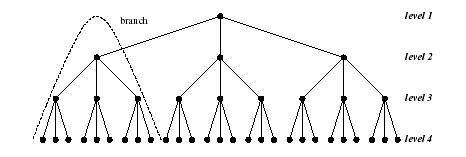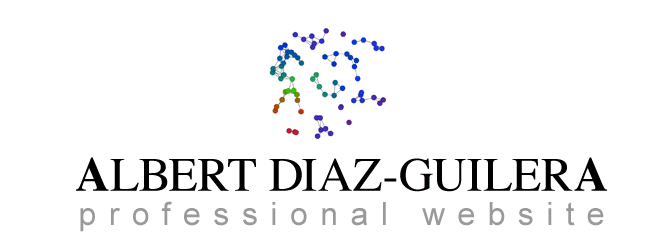Communication in complex networks

Albert Diaz-Guilera
Our interest in this subject is focused on the behavior of complex structures formed by elements (or agents) that interact with each other via communication processes. This framework is specially adequate to study e.g. Internet flow, traffic networks, river networks, and even communication flows in organizations.
We have proposed a simple model that includes only the basic ingredients present in a communication process between two elements: (i) information packets to be transmitted (delivered) and (ii) communication channels with finite capacity to transmit the packets. The model reproduces the main characteristics of the flow of information packets in a network and it is simple enough to allow analytical characterization.
We can apply these ideas to the task of organizational design. It is interesting to notice that for a given hierarchical structure it is possible to calculate the maximum amount of information packets that can be generated at each time step without collapsing the organization. Two main features are observed: (i) the maximum number of packets per unit time the organization can deal with does not depend on the number of levels in the hierarchical structure and (ii) this critical number of packets is a monotonically increasing function of the branching factor, thus suggesting that, for a fixed size of the organization, the optimal structure is the flattest one, with only two levels. A different scenario arises when the more realistic situation of costly connections is considered by introducing a cost factor in the definition of agents capability. Although, as in the previous case, the maximum amount of information the organization is able to handle does not depend on the number of levels, it is not a monotonically increasing function of the branching factor. Thus the flattest structure is not the best in general. Actually, the steepness of the optimal structure is tuned by the intensity of the cost factor. As may be expected, the higher the cost of the connections, the steeper the optimal structure and vice versa.
A different subjects where this framework can be applied is to the innovation capacity of an organization. Thinking of an innovation as a combination of two complementary ideas that randomly appear in different nodes of an organization.
On of the main issues in this type of problem is to find the optimal structure for networks with some restrictions. We have studied:
· Parameterized networks: networks built according to different mechanisms (square regular lattice, small-world, preferential attachment,…). Results.
· General framework: optimization algorithm that search for the best network with a fixed number of nodes and links. Results.
Collaborations:
-
J.R. Alabart, Universitat Rovira I Virgili
-
L.A.N. Amaral, Northwestern University
-
•A. Arenas, Universitat Rovira i Virgili
-
A. Cabrales, Universidad Carlos III de Madrid
-
R. Guimerà, Northwestern University
-
F. Vega-Redondo, Instituto Europeo de Florencia
-
•H.-J. Witt, Dow Chemical Co.



